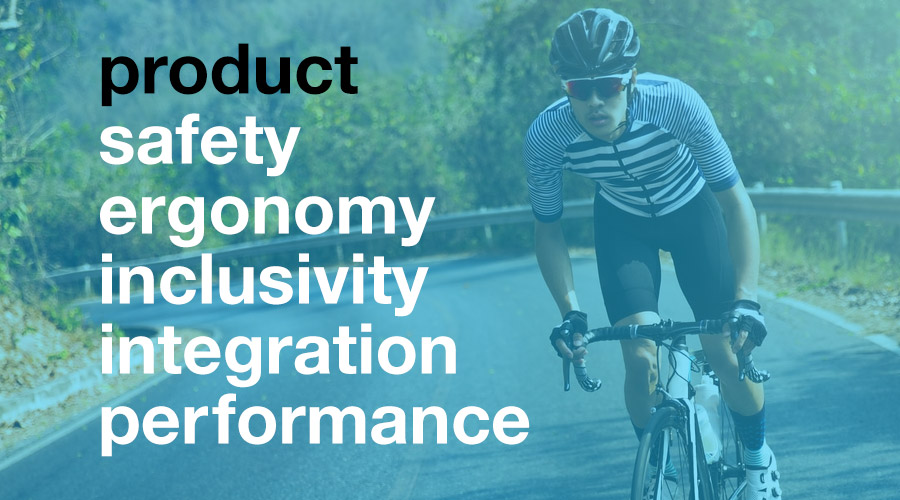
Here are 5 examples how end-users can contribute breaking the barrier between ideal product and real product use with openinnovation.me:
Safety
Product safety is hard to evaluate in the internal design process. The actual end-users of products, people who use the products daily for months or years, are the biggest experts when it comes to their risk of injury.
Example: factory workers innovating factory tools to reduce injury and stress.
Ergonomy
End-users who use the product often and over long periods of time have much more knowledge about the product ergonomy than internal design teams. Internal design teams can not dedicate so much time to such level of testing and often sacrifice ergonomy for design standards.
Example: office workers innovating office furniture to increase computer work comfort.
Inclusivity
End-users with non-standard body types and health conditions can offer valuable feedback to reduce their discomfort.
Example: hospital patients innovating care processes to reduce patient stress.
Integration
In reality products are used in complex environments as end-users integrate many products in their unique experience. Advertising can suggest ideal environments for products, but this is always far from reality.
Example: drivers innovating car accessories to reduce lower back pain on long drives.
Performance
Product performance is often measured by standardized metrics by elite performers. Actual product performance reality is that it is far more complex and often subjective.
Example: weekend cyclists innovating bicycles to adjust them to more comfort and away from elite performance standards.
To start an openinnovation.me project for your product email Andrea at andrea@openinnovation.me.
| previous | next |

